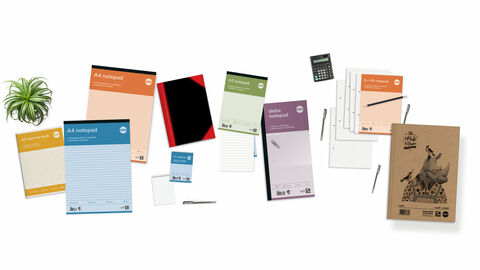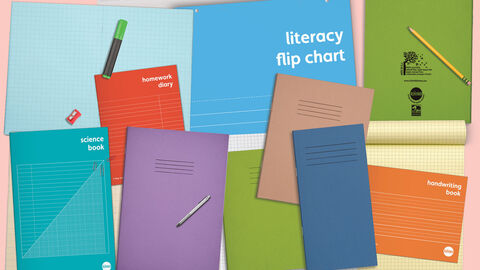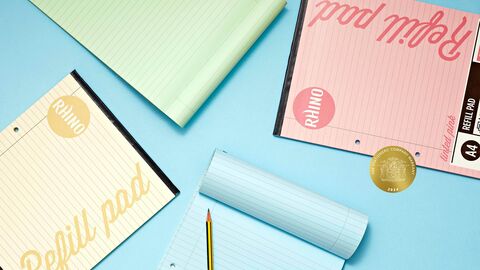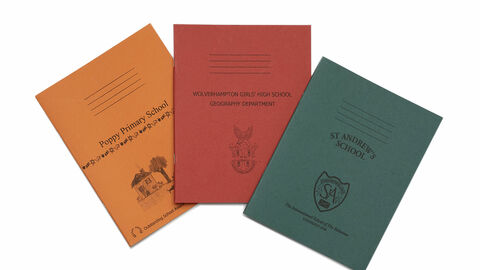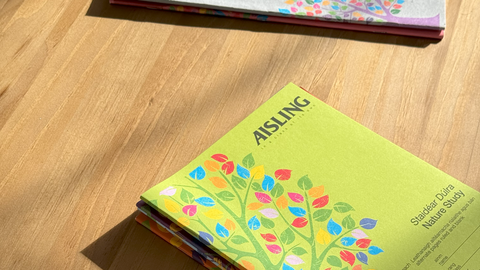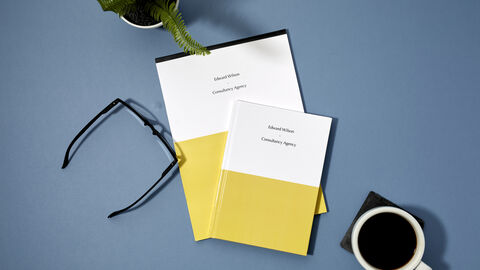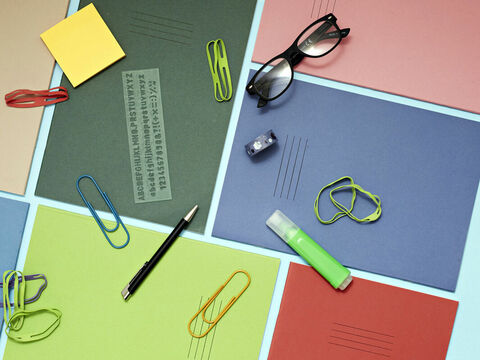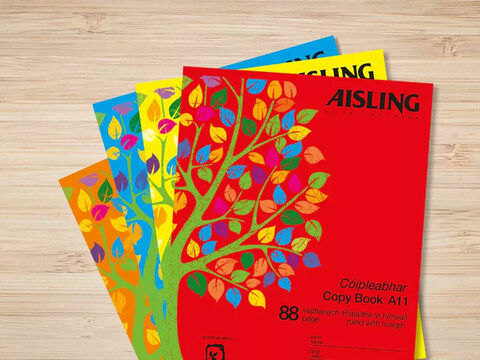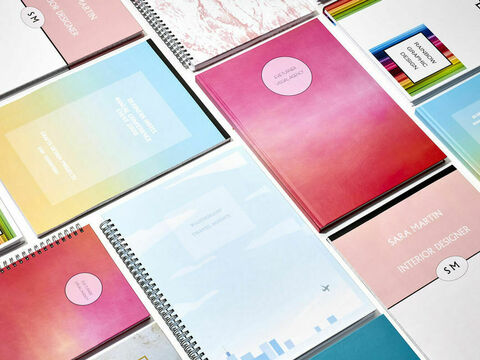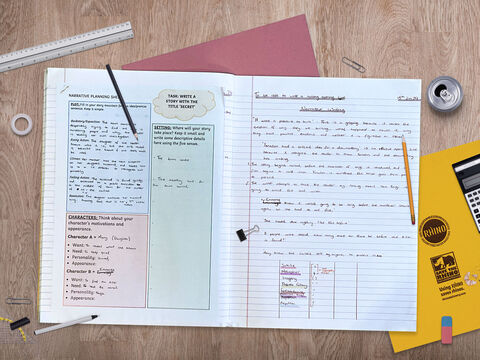Environmentally Conscious
Our UK office is located in County Down, Northern Ireland with our production facility in a purpose-built factory in Tallinn, Estonia. Our factory has achieved FSC® (FSC - C092742) and PEFC (PBN-PEFC-COC-000057) certification along with the well known Swan Label accreditation, which reflects the high environmental standards required in not only materials used but also in the production methods and waste handling, with special emphasis on continuous improvement using Kaizen.
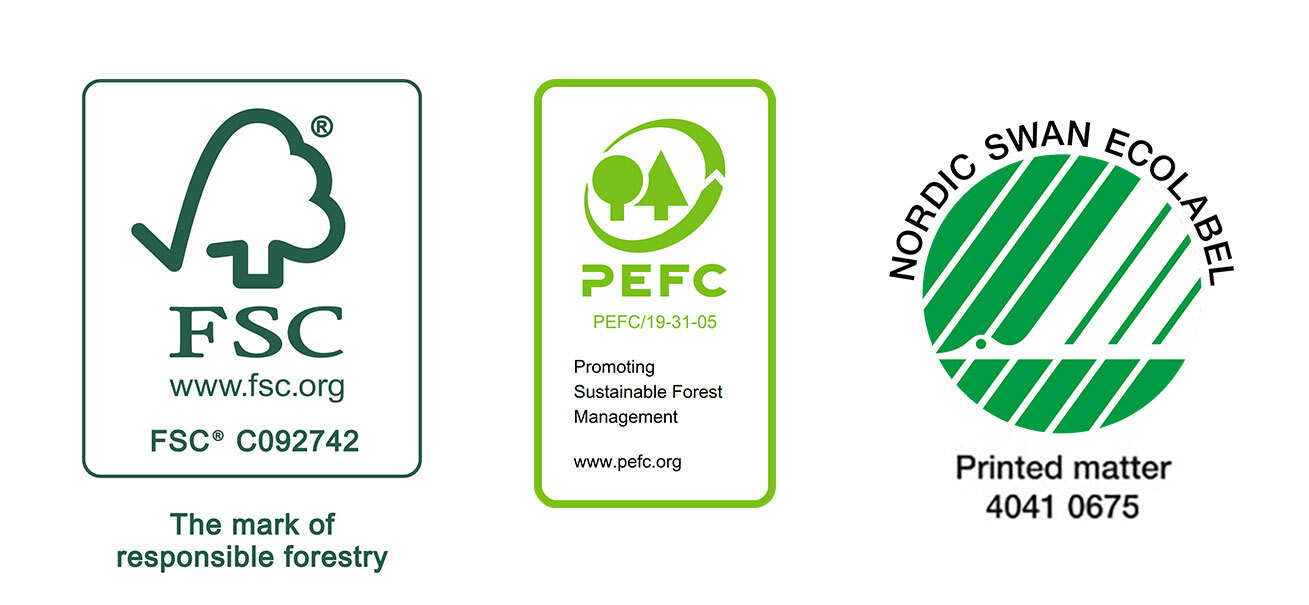

0acres
European factory situated on a 2-hectare site
0+
books & pads produced annually & continues to grow
0%
paper sourced from European managed forests & fully recyclable
€0+
donated to Save the Rhino International so far
Our Brands
Lifetime Warranty
All of our products come with a lifetime warranty by default.
Sustainable forests
Materials used in our products are sourced from sustainable forests.
Solvent-free Ink
Our products are printed using solvent-free ink.
Made in Europe
Our ranges are all fully recyclable consistent with our environment values.

 Rhino Stationery
Rhino Stationery
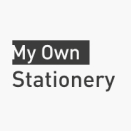 My Own Stationery
My Own Stationery
 Aisling Stationery
Aisling Stationery
 Amazon.co.uk
Amazon.co.uk

